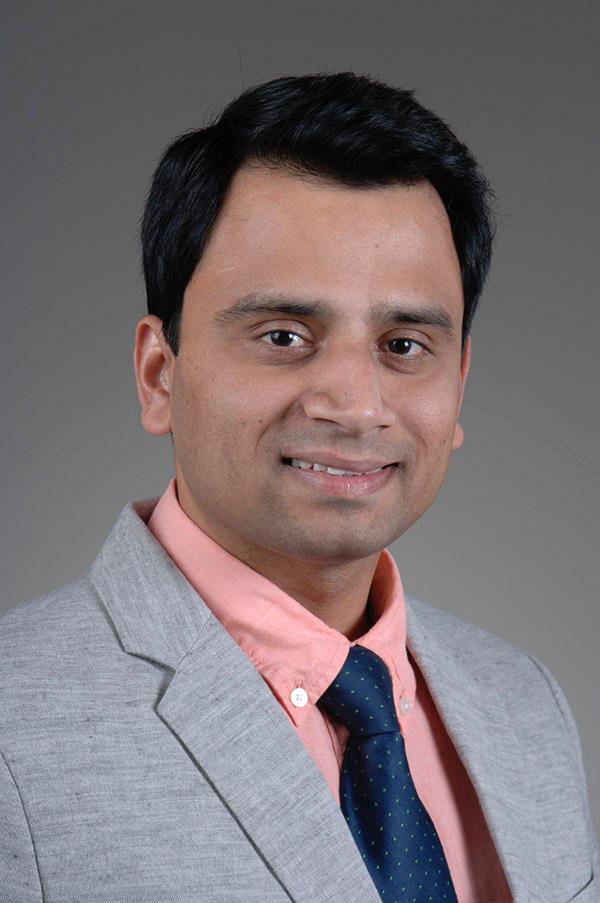
Dr. Raja V. Thotakura is a Gastroenterologist based in the US.
Q – How has life changed over the past few weeks?
Life has changed significantly over the last few weeks. It has become a new normal, and we may not be able to return to actual normal in a few months to years to come.
To give you a daily life example, every grocery product bought from the supermarket is being disinfected with a wipe. No one has ever imagined this would be required a few months ago. On the work front, you cannot walk around like you used to. Personal protective equipment is the new norm while working in health care facilities.”
Q – This situation is certainly unprecedented. How prepared was America for a Pandemic like this? In terms of mortality rate, the US has done remarkably well despite having the highest cases, how was it possible?
Most countries, including the United States, have some sort of pandemic task forces. However, with Covid-19 being a novel coronavirus, its R0 or R-naught (number of new infections caused by a single case) is not well known. It was initially thought to be similar to that influenza (flu) virus. However, emerging data suggest that the R0 is way higher than originally thought. This makes it extremely difficult even for the best of healthcare systems such as the US. The US has the third-best mortality rate when it comes to Covid-19. States such as New York, New Jersey and Michigan that are considered the “hot spots” in the country have instituted early measures such as social distancing and work from home for non-essential employees which played a huge role in the reduction of exposure of the vulnerable populations and hence, the reduction in the mortality rates. Having said that, we haven’t peaked in most states of the country, and the mortality rate might change once this happens.”
Q – If New York implemented early measures, then how did the cases go so high up?
New York has a lot of international travel with a diverse population. Also, the risk of exposure is higher due to higher use of public transport and high population density. Had they not implemented these measures, the cases and fatalities would have been much higher than they are today. However, if they had implemented social distancing in Jan or Feb, their cases and fatalities would have been much lower.”
Q – Despite SARS and MERS, the entire world was caught unaware. How did this happen?
The world has significantly become more globalized since the SARS and MERS epidemics. It is probably not an overstatement to call China a global supply chain due to which there is an unprecedented amount of travel in and out of China. Also, most people infected with Covid-19 exhibit none or only mild symptoms due to which routine screenings at airports are not as effective.”
Q – This is a unique situation where every Doctor and Nurse and a lot of healthcare professionals are more exposed to the coronavirus than those who aren’t at hospitals. How does it feel?
It is scary because no health care professional likes to take infection home and put his or her loved ones at risk. Since our primary goal is to do the best for the affected patients, fear takes a back seat, and the sense of duty prevails. The PPE (personal protective equipment) does protect the healthcare workers and lessen the risk of contracting the disease.”
Q – Why did Michigan witness a sudden spike in COVID-19 cases? How is the situation in Michigan now? How come some states like Montana and Wyoming reported such fewer cases?
Detroit, MI has been the auto-hub for the world, and several hundreds of people travel to and from all over the world as a result. As of today, over 37,000 people have been diagnosed with Covid-19 in Michigan, with over 3,200 deaths. About half the number of cases and deaths are from Wayne county, in which Detroit is located. However, the curve seems to be flattening due to social distancing measures. Montana and Wyoming do have low population density among the US states. Also, these states have lower international travel and hence, lower exposure to the virus when compared to states like NY, NJ, or MI.”
Dr. Raja V. Thotakura, Gastroenterologist
RDr Raja whereareyou working in . U SA whichplaceiamasking. Becausemydaughtersarethere anythimNg they consultyou Thatswhy nothing.
We are proud of you Dr. Raja who is based in US. U have so well explained ins and outs of reasons os Covid 19cases in Newyork, New Jersey and Michigan. I heard that the people of Newyork were not following the rules regarding the Covid 19 and so the number of cases rose rapidly. Is this correct or a rumour? God bless you.